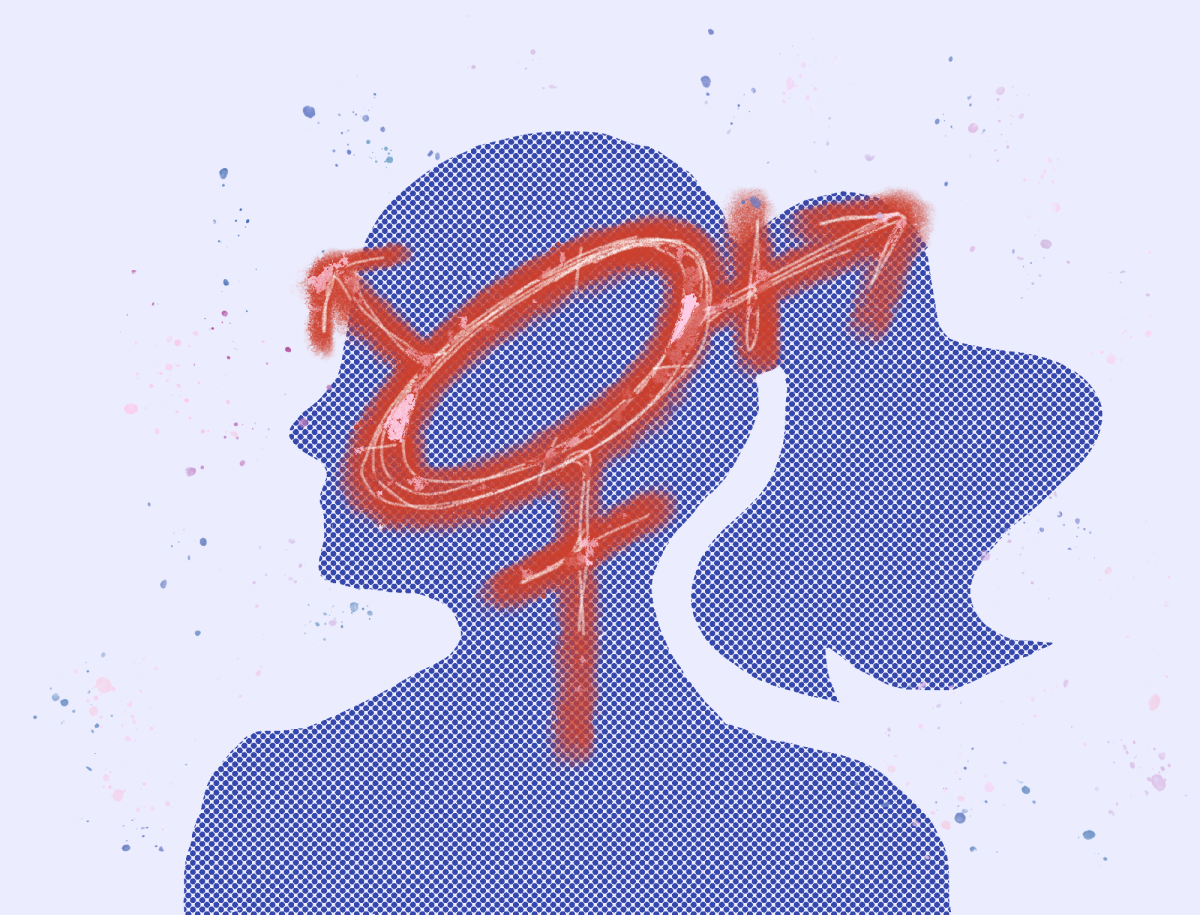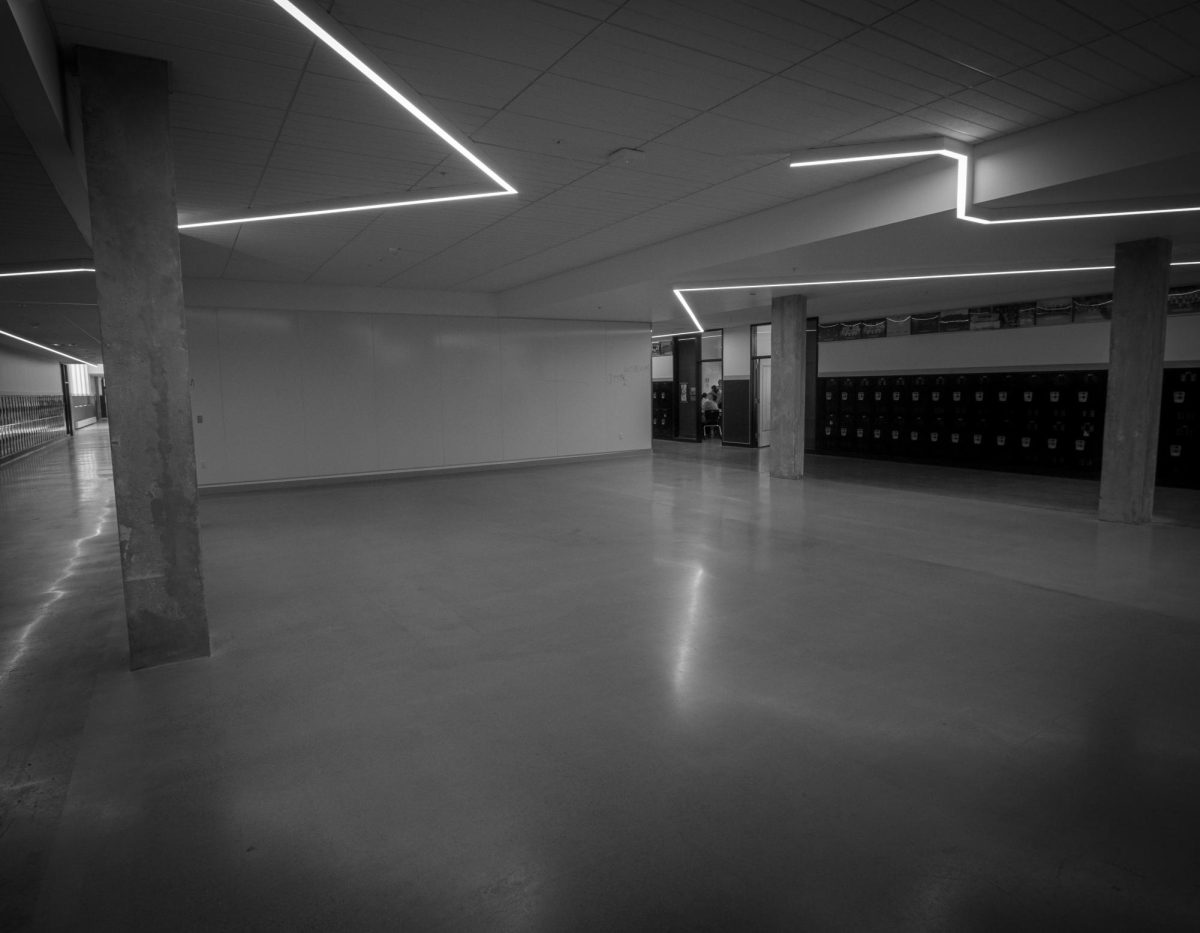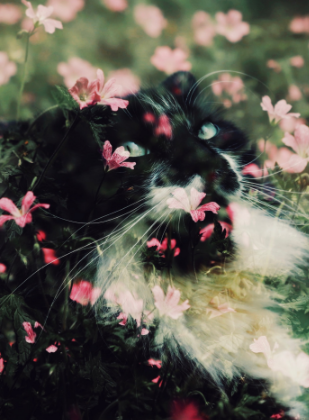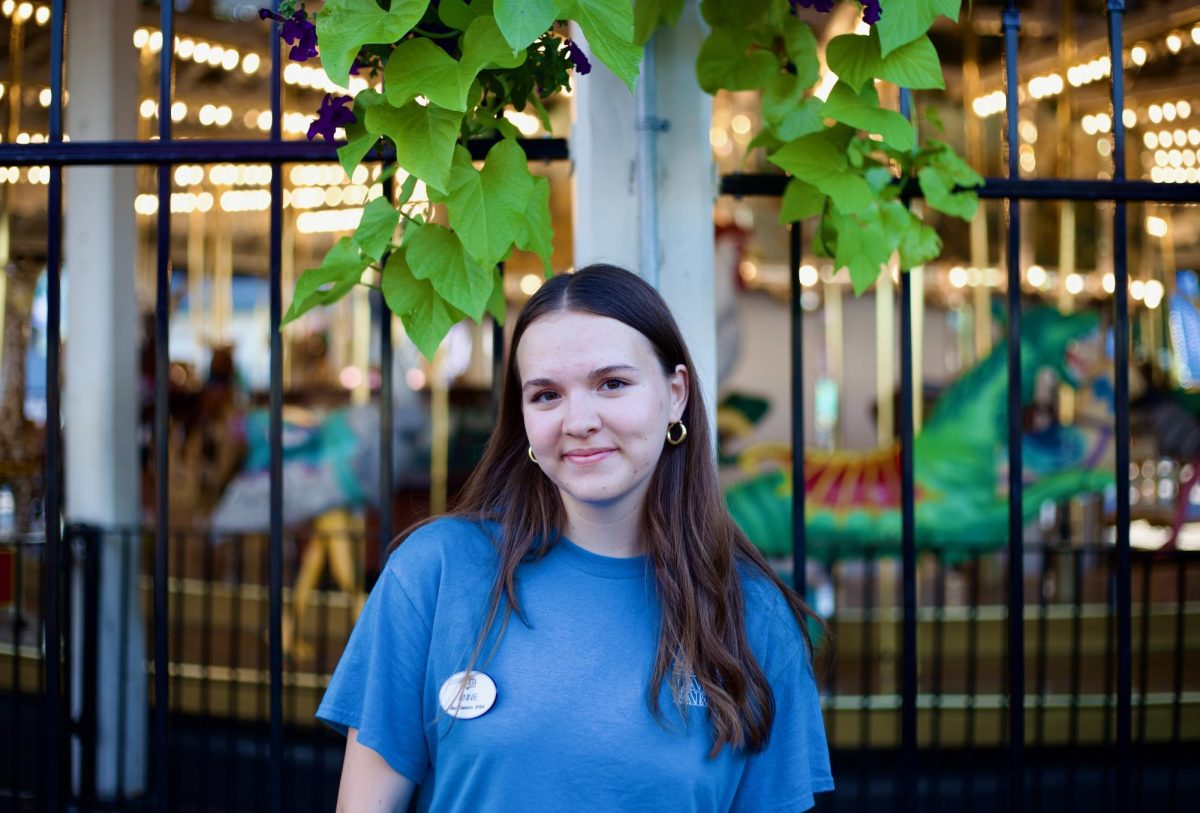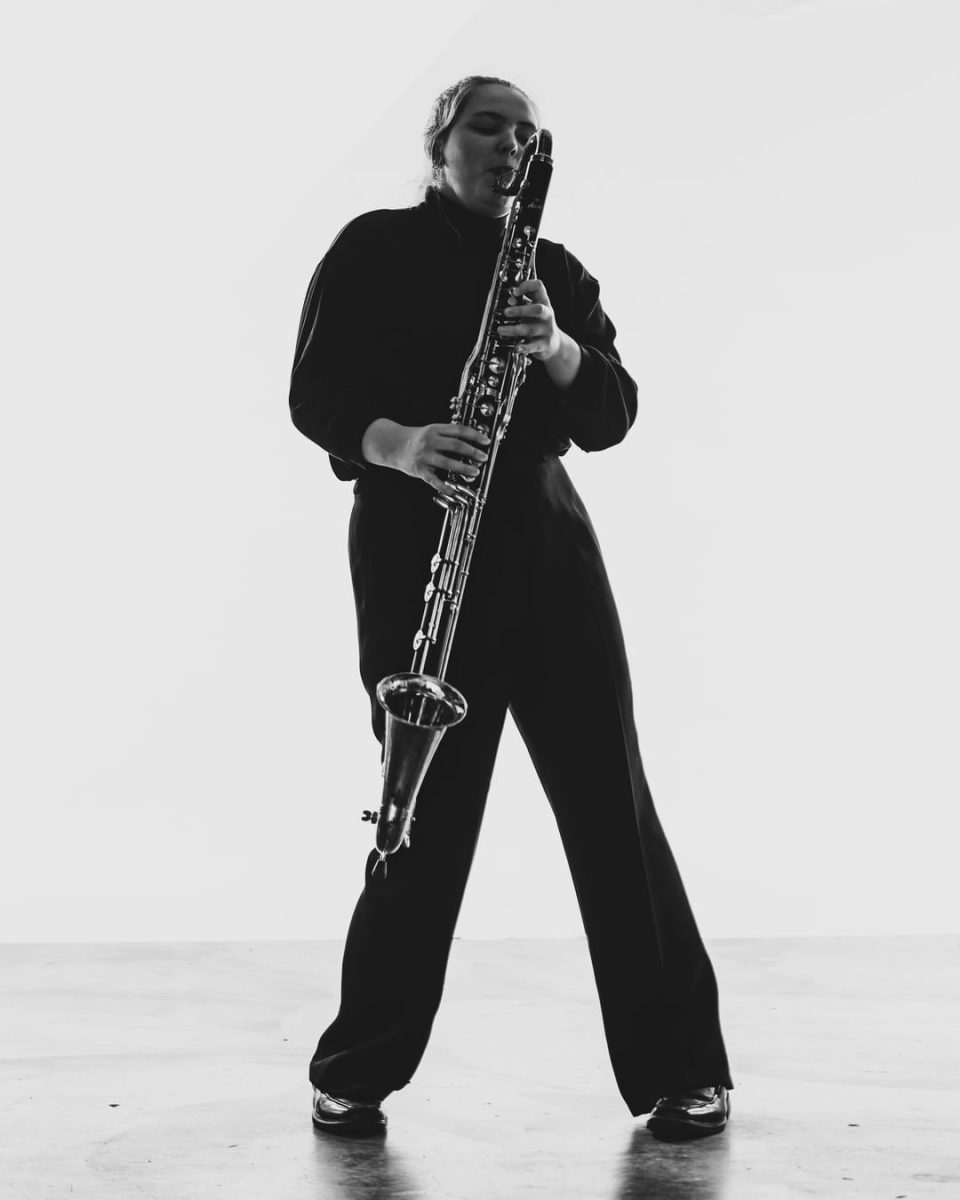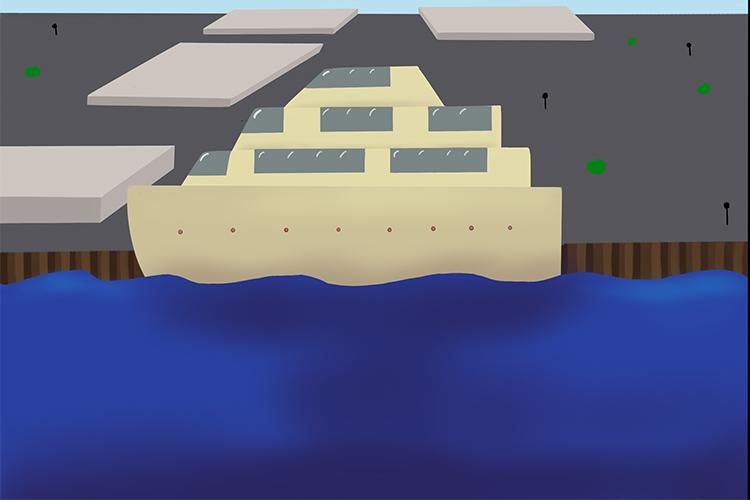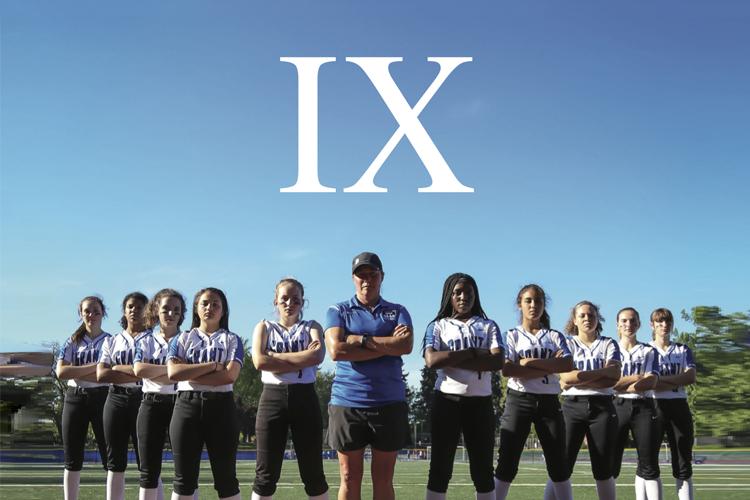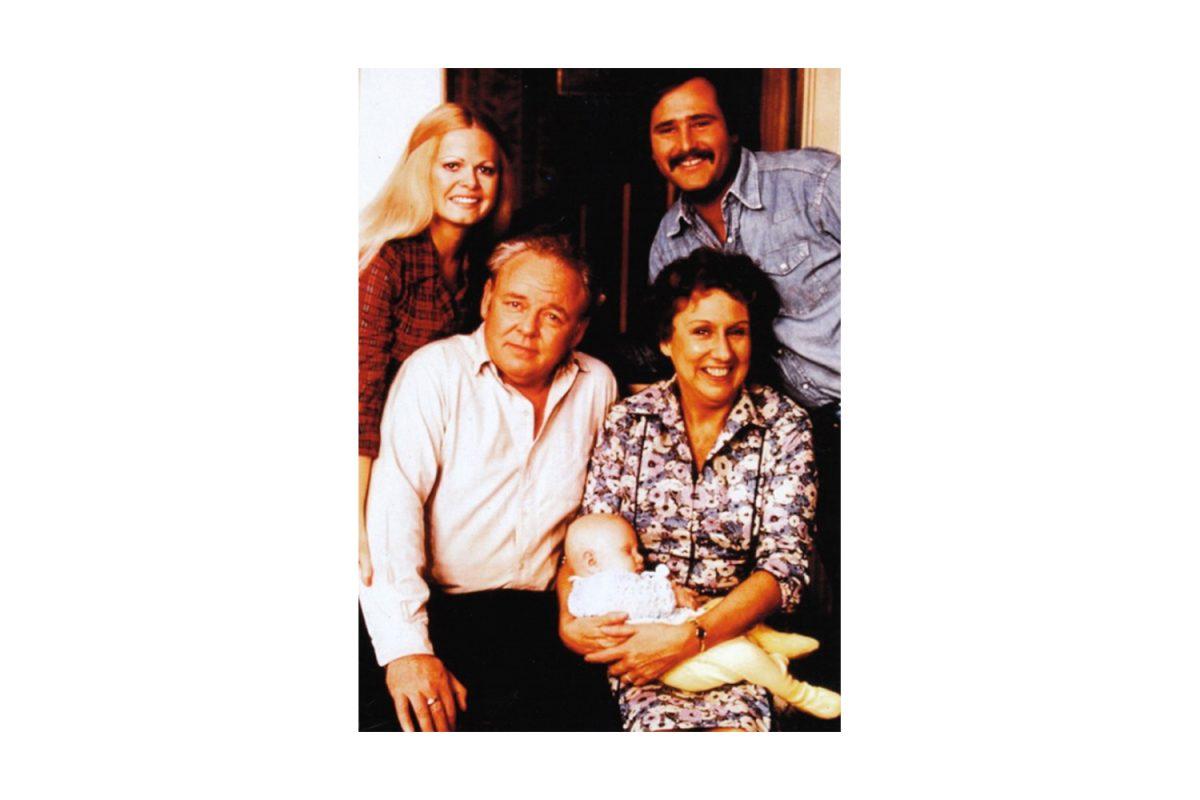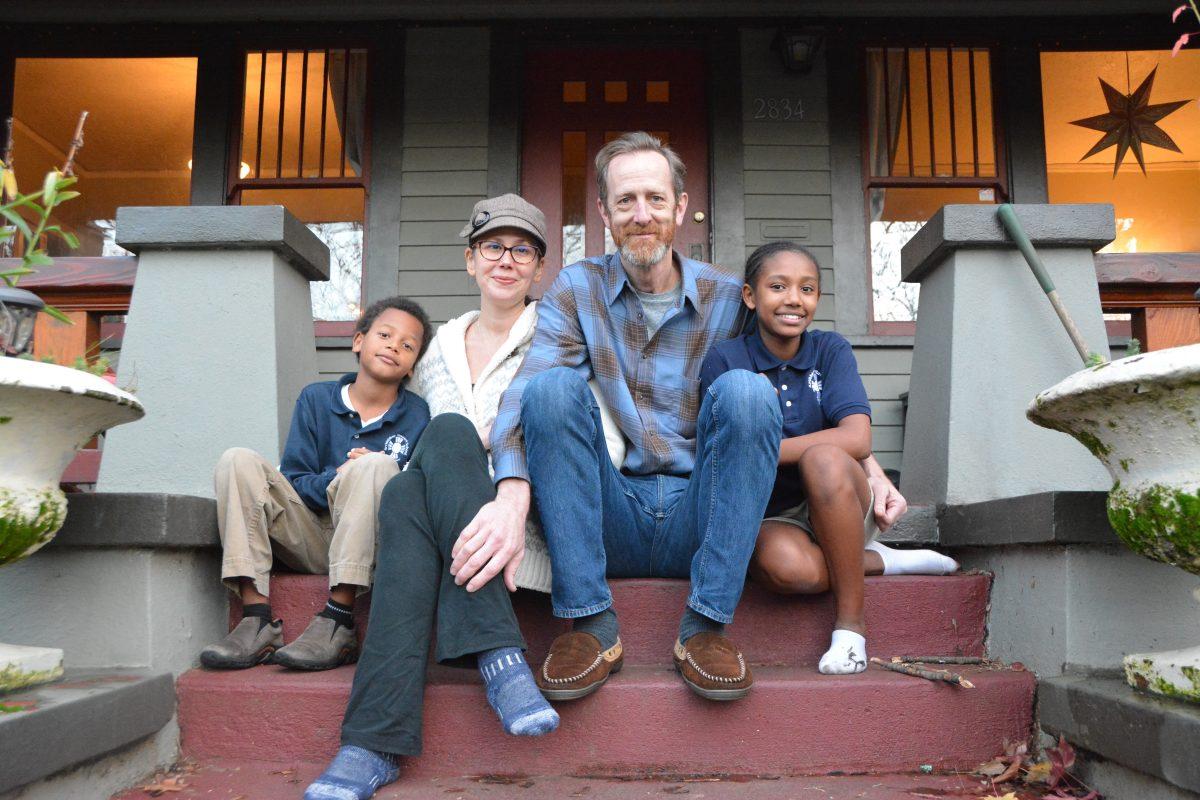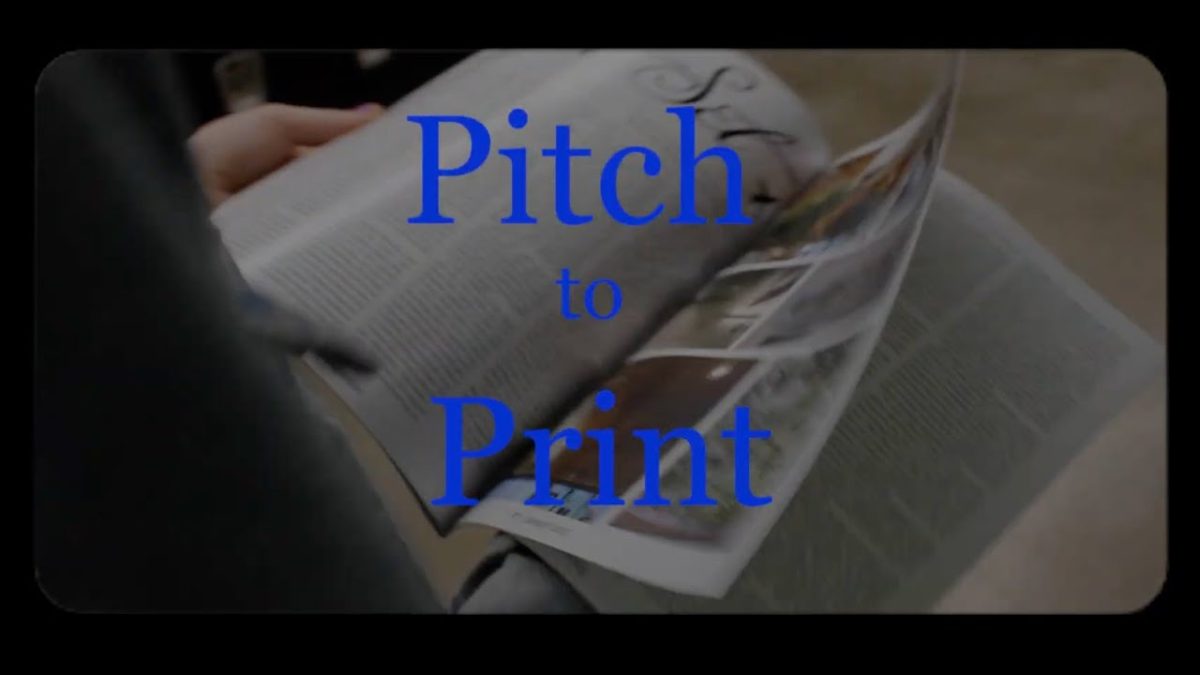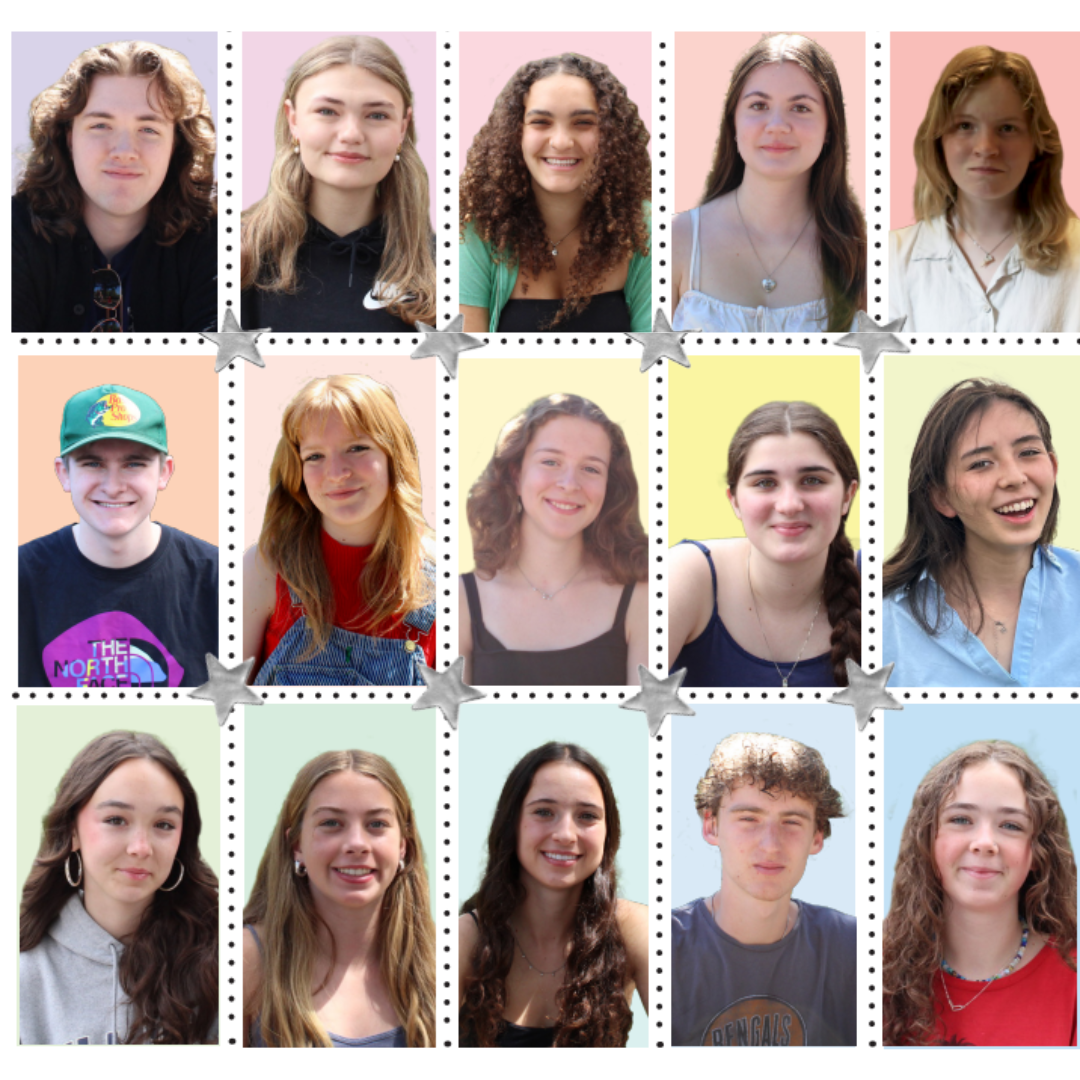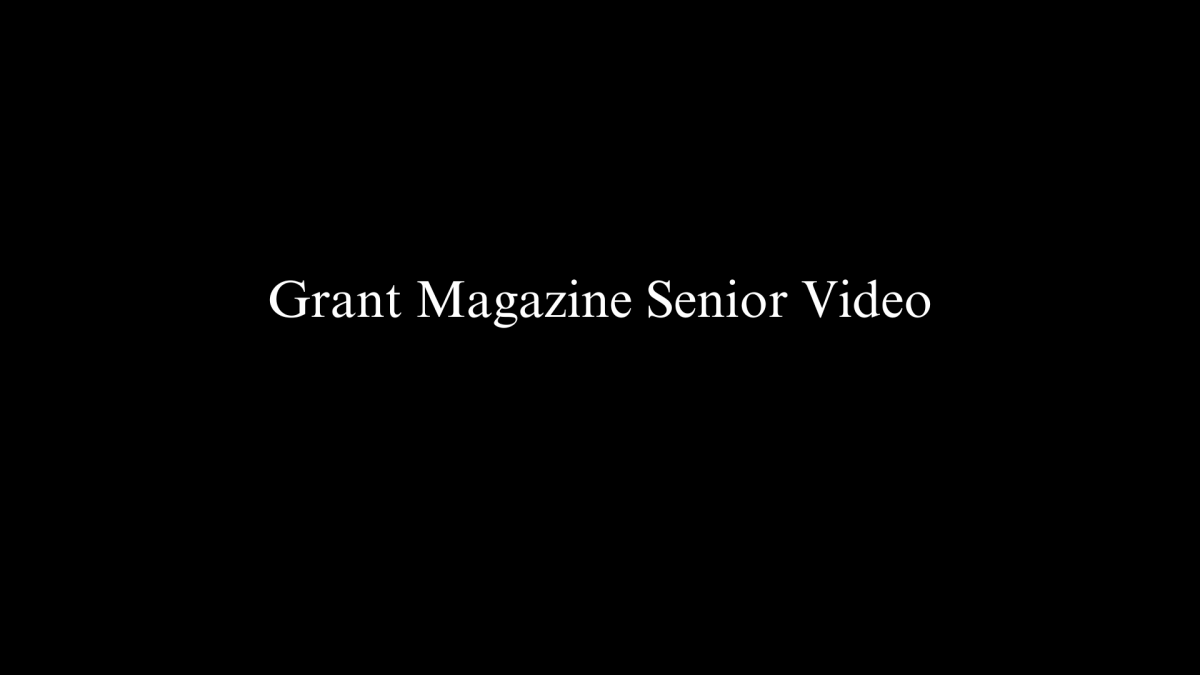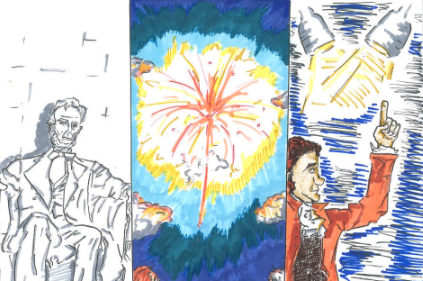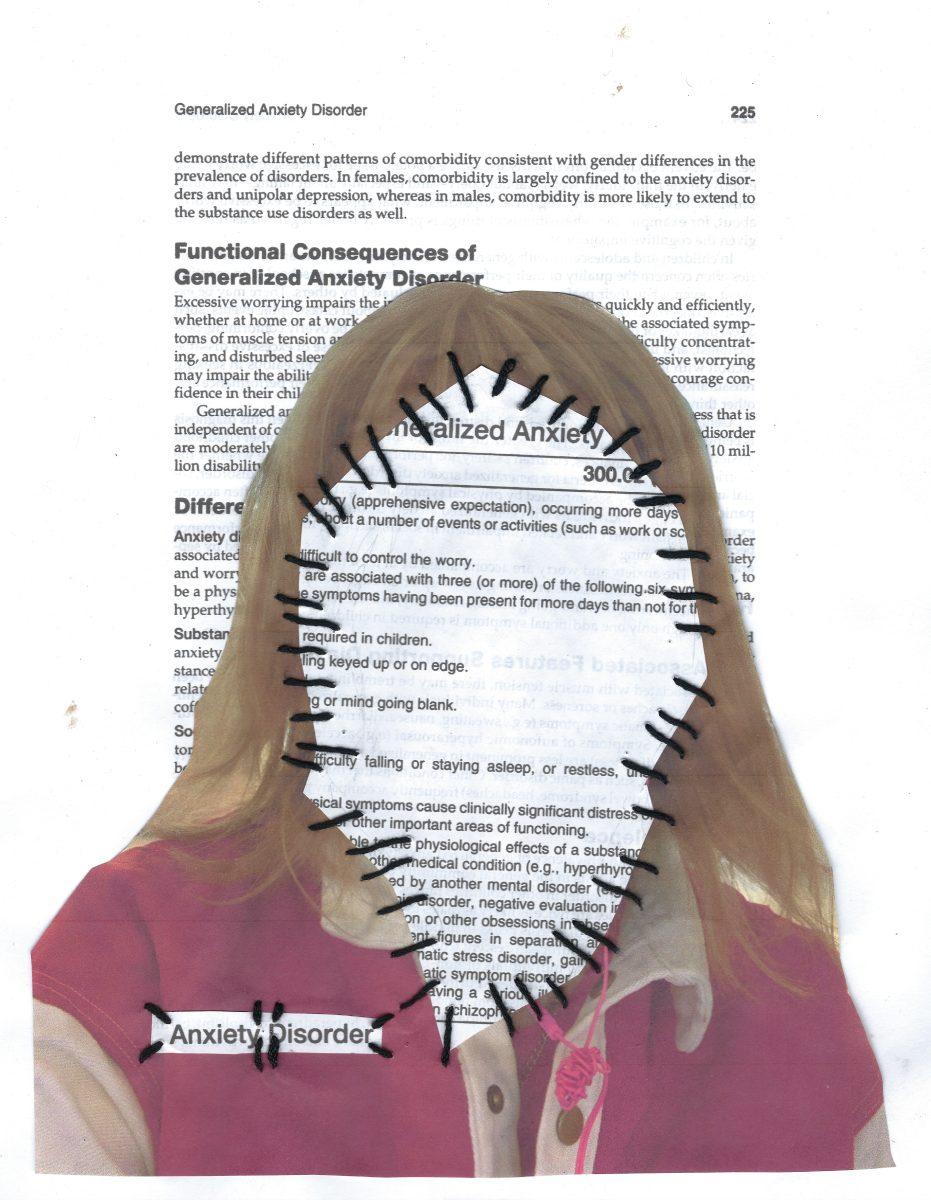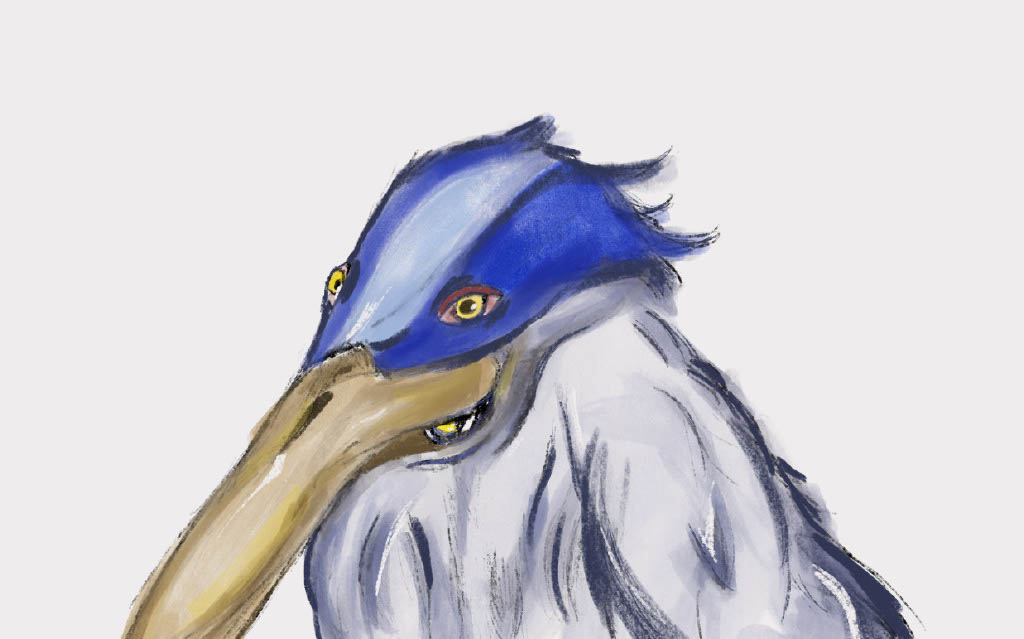“How Do You Live?” is the question director Hayao Miyazaki asks in the Japanese title of his new animated film, which has been released in the United States as “The Boy and the Heron.” At 83 years old, after almost 40 years of directing films for the animation group Studio Ghibli, and threatening retirement four times, Miyazaki now ponders how one finds their place in the world in his most recent work.
The film is based on a novel by Genzaburo Yoshino, a childhood favorite of Miyazaki, identically titled “How Do You Live.” The novel has a similar plot to Miyazaki’s film, where the protagonist is a young boy coping with the death of his father and questioning the meaning of his and others’ lives.
Studio Ghibli president Toshio Suzuki describes the film as semi-autobiographical, with the protagonist roughly based on Miyazaki’s own life experiences. Male leads are not common for Studio Ghibli — with the majority of its most popular films following a young female character instead. Suzuki expressed concern about having a male protagonist, thinking that it would be harder for the film to be successful with one. Miyazaki agreed with this, resulting in his decision to fully lean into the visual elements by creating pleasing and eye-catching scenes to make up for the male character.
The film startles viewers with a stressful opening scene of a firebombing of a hospital in Tokyo housing Mahito’s mother. This scene is reimagining Miyazaki’s memories from World War II, in which his father profited greatly from running a factory that made wings for Japanese fighter planes. Flying seems to be an obsession of Miyazaki, appearing in many of his films, including “The Boy and the Heron,” with Mahito’s father’s profession identical to Miyazaki’s. Mahito witnesses his mother figuratively arise from the flames of the burning hospital after running outside. This common theme of a woman engulfed in flames appears multiple times throughout the film, almost like a memory haunting the young boy. At his new house in the countryside, Mahito resents his father’s new wife and barely speaks to anyone, even the seven elderly women who live in his new house. His sole interest is the unusual Gray Heron which lives near the estate, who croaks his name and reveals to him that he can bring him to his mother.
Mahito sees his heavily pregnant stepmother, Natsuko, wander into a mysterious tower, so he and one of the old ladies, Kiriko, enter a world of phantoms that is seemingly below his own in order to find her. Mahito travels through different worlds to find Natsuko, including those containing man-eating parakeets and distant family members holding the building blocks of life.
“The Boy and the Heron” is a whirlwind of concepts. After Mahito enters this new reality, it becomes difficult to process what is really going on. It almost seems as though the filmmakers tried to place as many different plots and ideas as possible into every scene. Characters are introduced with no clear understanding of their context or motives, like the power-hungry Parakeet King, Himi, the girl covered in flames and even the Gray Heron himself. Their existence serves a purpose in Mahito’s story, but leaves the audience confused about their disposition and placement in these alternate universes.
Much of the film’s plot is never backed with a solid explanation. The book that Mahito’s mother dedicates to him, familiarly called “How Do You Live,” that he reads before embarking on his adventure, and why Natsuko leaves the estate to go to the alternative universe in the first place are both plot points that are left unresolved.
As a fan of Studio Ghibli, I think there is always going to be a part of me that appreciates the weirdness of it all. Maybe the confusing aspects of the film were purposeful in leaving it up to viewers interpretation, or maybe Miyazaki had too many ideas to explain them all. While it will not make it onto my list of favorite Studio Ghibli creations, I would consider it unrealistic for Miyazaki to mimic what he brought to life with classics like “Spirited Away” and “Howl’s Moving Castle,” with beautiful imagery, and an important perspective on life.
Mahito is given the opportunity to throw away his life of grievance and pain for an entirely new one of fantasy, but he instead chooses to go home to his family. Miyazaki shows us through Mahito’s story, and his own, that while the reality of life includes pain and suffering, we must accept and make the best of it, rather than remaining in the comfort of our imagination. This is how we should live.



